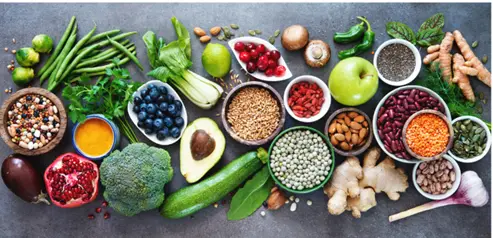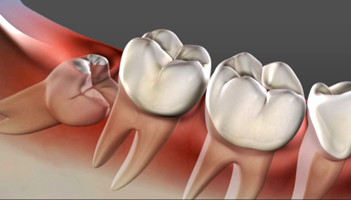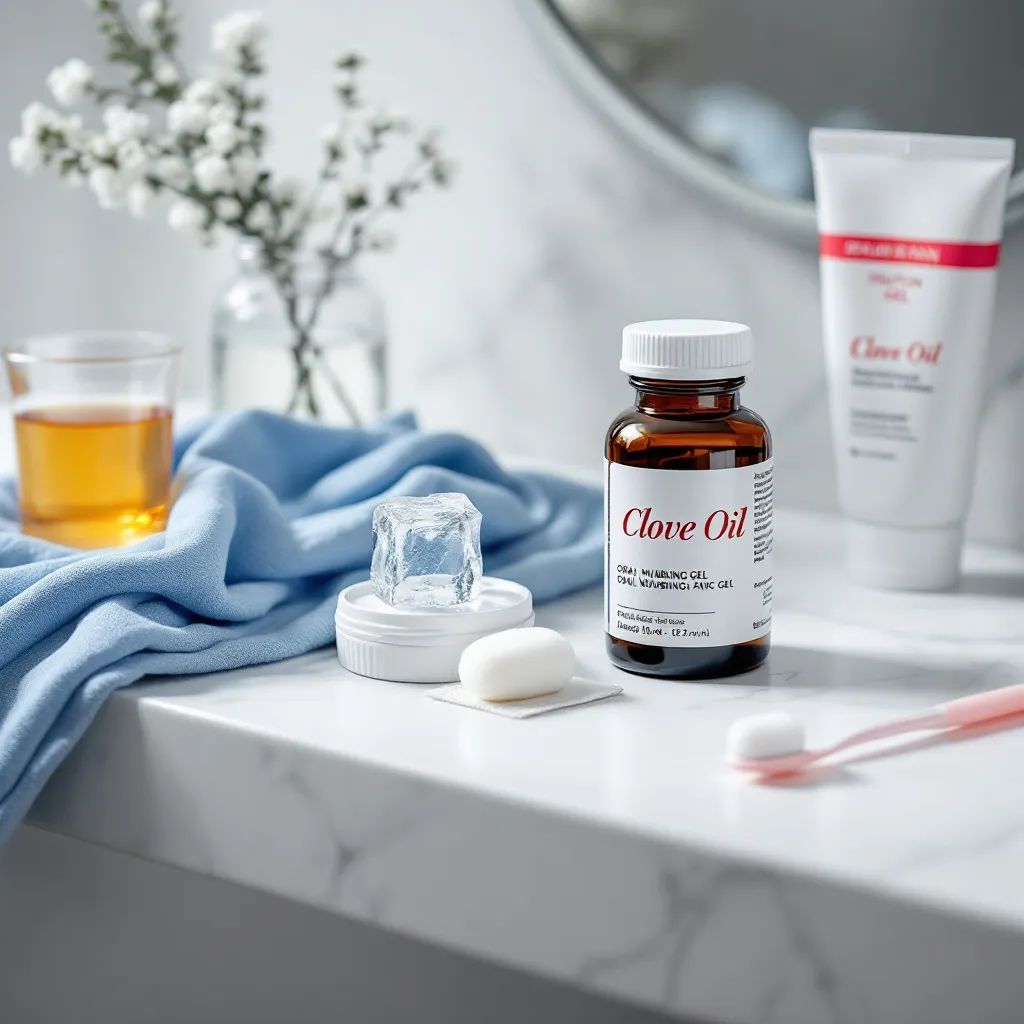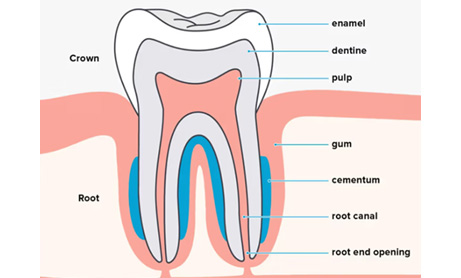

We are what we eat. Diet plays an important role in influencing overall health, including oral health. The food we eat first comes in contact with our mouth before it reaches the rest of the body. Thus, the effect of food on our oral cavity is twofold:
- Systemic, through the nutrients absorbed from the food consumed.
- Topical, though the direct contact of the food with the teeth and soft tissues.
Therefore, it is crucial to be mindful of what we eat. Knowing what food to have, when to have it, and more importantly what to avoid can help to minimise the incidence of cavities and improve gum health. People often have a misconception that only sweets, especially chocolates, cause cavities. In reality, any food left on the teeth for too long, results in damage. Therefore, understand that irrespective of how healthy your diet is, brushing and cleaning has no substitute. That being said, there are some foods that cause more damage. Conversely, there are certain foods that are beneficial. Let’s look at the good, the bad and the ugly.
What to avoid and what to prefer
Chocolates: Pure chocolate on its own is not that damaging. What earns chocolates their bad reputation is the added sugar and other additives. Not surprising then that the most common request we get from parents is to advise their kids to stop eating chocolates. While that is great advice, it is not so easy to comply with. To keep children away from chocolates (or even adults!) is cruel. There are however some adaptations that will make them less damaging.
- Prefer chocolates that melt in your mouth rather than ones that need chewing to break them down.
- Avoid chocolates that have caramel or any such ingredient causes the chocolate to stick to your teeth. These are not so easy to get cleaned by the saliva and cause more damage.
- Include chocolates as a part of the meal rather than a standalone indulgence.
- Prefer dark chocolate over milk or white chocolate. Also, prefer chocolates with less added sugar.
Sweets: As with chocolates, sweets are responsible for cavities due to their high sugar content. Therefore, minimise their consumption as far as possible. Eat sweets along with your meal rather than in between meals. The rest of the food in the meal helps to clear away the sticky sweets. Also, you are much more likely to rinse your mouth after a meal rather than a mid-meal snack.
Simple carbohydrates: Any food that can be easily broken down to sugar is more likely to produce cavity. This includes biscuits, cookies, bread, roti, rice, milk and fruits.
Complex carbohydrates: These include millets, whole grains, vegetables, pulses, apples and nuts. Complex carbohydrates release less sugar compared to simple carbs. Also, the fibre in them helps to clear away the food stuck on to the tooth surface.
Vitamins: Vitamins A, B, C, D and E play a crucial role in maintaining the health of the teeth and tissues inside the mouth. These can be obtained through milk, cheese, eggs, leafy vegetables, carrots, papaya, citrus fruits, berries, tomatoes, broccoli, cod-liver oil, salmon, chicken, turkey, meat, vegetable oils, seeds, almonds.
Minerals: They are essential for the formation of bones and teeth. Minerals beneficial for oral health include calcium, phosphorous, fluoride, zinc and magnesium. Sources of these minerals include dairy products (milk, cheese, and yogurt), whole wheat, eggs, broccoli, spinach, soy milk, tofu, seafood, chicken, meat and nuts.
Beverages: Any beverage except water, black tea and coffee (without sugar) has the potential to cause cavities. This includes fruit juices, milk, soft drinks, alcohol, etc. Here are a few tips to choose a beverage that is less damaging to your teeth.
- Opt for freshly squeezed fruit juices over store bought ones.
- Choose a beverage that has minimal added sugars.
- Steer clear of carbonated beverages as far as possible.
- If you are having a beverage with a strong acid such as lemon or apple cider vinegar, make sure to rinse immediately with water. If rinsing is not possible, swish some water around and swallow.
Conclusion
To sum it all up, consume a balanced diet comprising of fruits, vegetables, whole grains, seeds, nuts, dairy, poultry, meat and seafood. If you are a vegetarian or vegan, you can get calcium and other beneficial nutrients from soy bean, tofu, nuts, seeds and spinach. Minimise the intake of carbonated beverages, store bought juices and cereals, and sweets. Every time you eat something, it alters the pH of your saliva and makes your teeth vulnerable to acid attack. Therefore, stick to three meals a day rather than frequent snacking. Rinse after every meal and brush twice a day.
Have a nutritious day!









